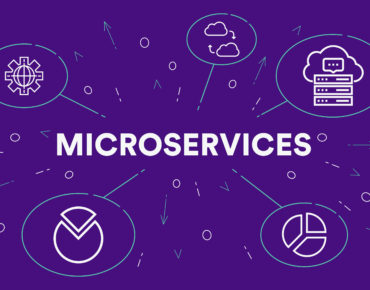Kubernetes Gets a Service Mesh

via Shutterstock
Red Hat is integrating into its OpenShift platform a trio of service meshes designed to ease management and security of microservices running in application containers. The mesh is based on the IBM- and Google-backed Istio and other open source meshes and it's aimed at simplifying microservices connections orchestrated by Kubernetes spanning hybrid cloud deployments.
The IBM (NYSE: IBM) unit said this week its OpenShift 4 service mesh would help accelerate adoption of microservices and cloud-native applications as the Kubernetes cluster orchestrator moves from development to production. Along with Istio, which is also backed by Lyft (NASDAQ: LYFT), the OpenShift service mesh is based on the Jaeger and Kiali projects.
The goal is to provide developers still struggling to ramp up Kubernetes with a simpler way to get microservices-based applications architectures up and running. The open-source approach also would free developers from the hassle of implementing propriety networking services for applications distributed via hybrid clouds.
The combination of Kubernetes and service meshes on Red Hat OpenShift would make developers’ jobs easier in a number of ways, the IBM unit claims. Istio and Kiali, which is intended as a way of tracking the performance of microservices on Istio, would together help to create and manage a service mesh.
Jaeger could then be used to provide better developer visibility into how microservices are performing using a technique called OpenTracing. Jaeger allows developers to track resource requests among services, allowing them to monitor the process from start to finish.
Taken together, the OpenShift service mesh running on an enterprise version of Kubernetes would “remove the burdens of network connectivity and management from [developers’] jobs [while] allowing them to focus on building the next-generation of business applications,” said Ashesh Badani, Red Hat’s senior vice president for cloud platforms.
IBM was an early backer of the Istio service mesh, so Red Hat’s embrace of the technology in OpenShift comes as no surprise. Nevertheless, the rollout of the Kubernetes platform for hybrid clouds signals that IBM appears willing to allow its Red Hat unit a measure of independence in introducing new open-cloud cloud services.
In announcing the closing of its $34 billion acquisition of Red Hat in July, IBM stressed that Red Hat would operate as a “distinct unit” within IBM, reporting to its Cloud and Cognitive Software segment.
The service mesh operator will be available through Red Hat’s OpenShift 4 OperatorHub "in the coming weeks,” the IBM unit said Thursday (Aug. 22).
Related
George Leopold has written about science and technology for more than 30 years, focusing on electronics and aerospace technology. He previously served as executive editor of Electronic Engineering Times. Leopold is the author of "Calculated Risk: The Supersonic Life and Times of Gus Grissom" (Purdue University Press, 2016).











